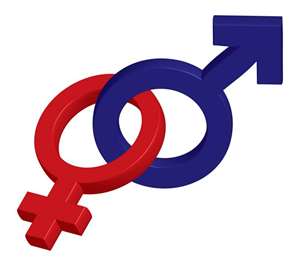The Catalyst
A number of years ago I attended the SOL (Society of Organizational Learning) conference in Cambridge, MA. It was an excellent learning event and opportunity to gather with hundreds of colleauges. I have a lot of respect for SOL’s work.
During the plenary session on Generative Leadership, a term I had not heard before, I happened to sit at a table of all women, none of whom I had met before. It seemed there were at least 1000 people in the conference hall. Presenters appeared on stage, sometimes alone, sometimes in groups of two or three. One after the other, they talked about leading in ways that generate more leaders, more ideas, more energy, more passion. They defined leadership that “gives birth to” and continues to generate. The language was markedly feminine, in sharp contrast to the presenters who, with one exception, were men, white men, many of them former engineers from MIT where Peter Senge, SOL’s founder, received his undergraduate degree. Even if I hadn’t been able to see them, I could have felt the eye rolls from women at the table. They were rolls of frustration, anger, and “Here we go again, a bunch of white men talking about how women lead, without once giving credit where credit is due.”
Co-opted. The word kept repeating in my mind. I was angry too. So I sublimated, Freudian speak for do something productive with your feelings.
The Research
I began by asking focus groups “What, if anything, have women brought to the practice of leadership?” Themes emerged from these discussions and were translated into questions. I then used these questions to interview 50 corporate leaders and leadership experts, 25 men and 25 women. Here’s what they, in their collective wisdom, revealed.
Women in leadership roles employ a greater degree of intuitive thinking, collaboration, inclusiveness, emotional savvy, and support for others. In turn, men are expanding their leadership repertoires as well. All participants agreed these qualities are critical for success in today’s business environment. Furthermore they agreed that today, as compared to fifteen years ago, it is less effective and less acceptable for leaders to demonstrate aggressive behaviors viewed as stereotypically masculine. As one participant, an SVP of manufacturing put it, “I used to bang my fist and throw things. Women have brought a greater sense of civility to the table. They care about people. They show it, and it makes a difference. I’m learning from them and am a better leader as a result.” (Perschel, 2007).
I also conducted a literature review on the terms “leader” “leadership” in combination with “empathy” “emotion” “ego.” One such article was published prior to the 1990’s. Today a simple google search reveals hundreds if not thousands of books, published articles, websites and blogs. Can we credit any of this with the fact that more women are now in leadership roles? Yes, unequivocally.
New Masculinity, New Femininity, New Leadership, NOWLeadership
Marion Chapsal, my colleague and NOWLeadership co-conspirator chose “New Masculinity” as the topic for April’s edition. We are in an era that is redefining both feminine and masculine. Women are learning it is okay to be assertive, to be clear, to make decisions, to talk about their accomplishments, to say “No.” Men are learning it is okay to nurture, to be generative, and maybe even to ask for directions.
We are evolving, all of us, together, as well we should.
Men. Women. Learning. Leading. Integrating the best of masculine and feminine. It’s what NOWLeadership is here to foster.
Y’all come back NOW and see what we have in store next month.


